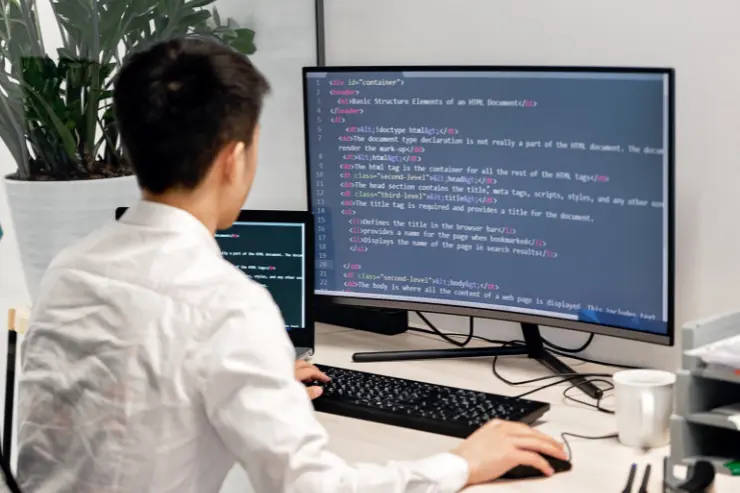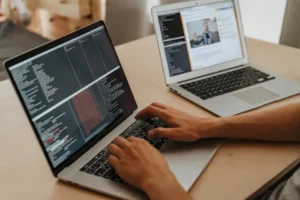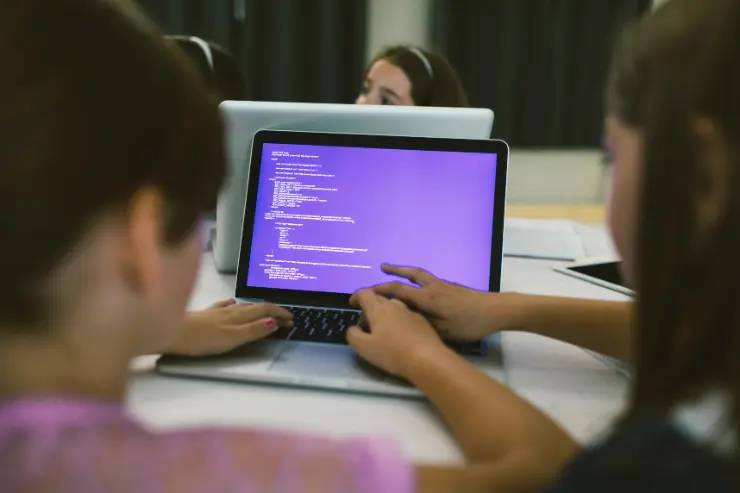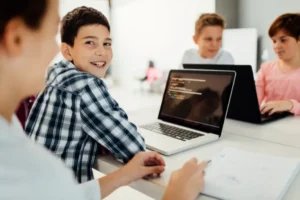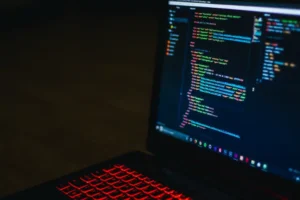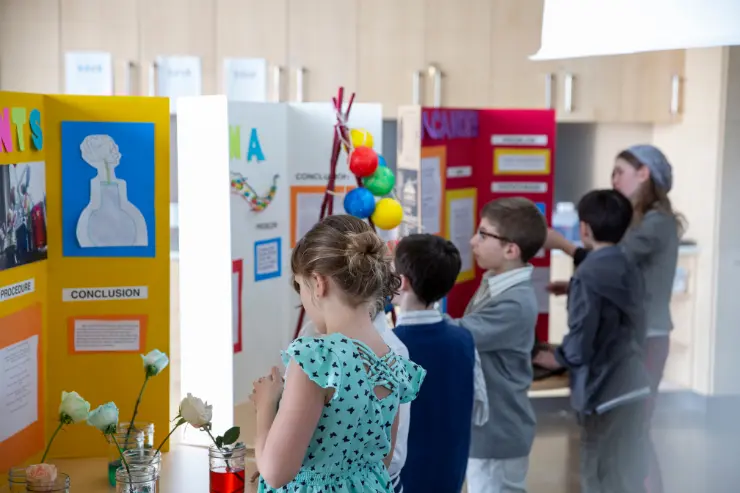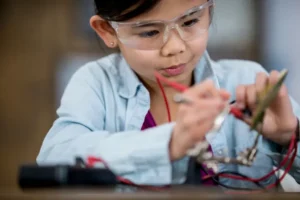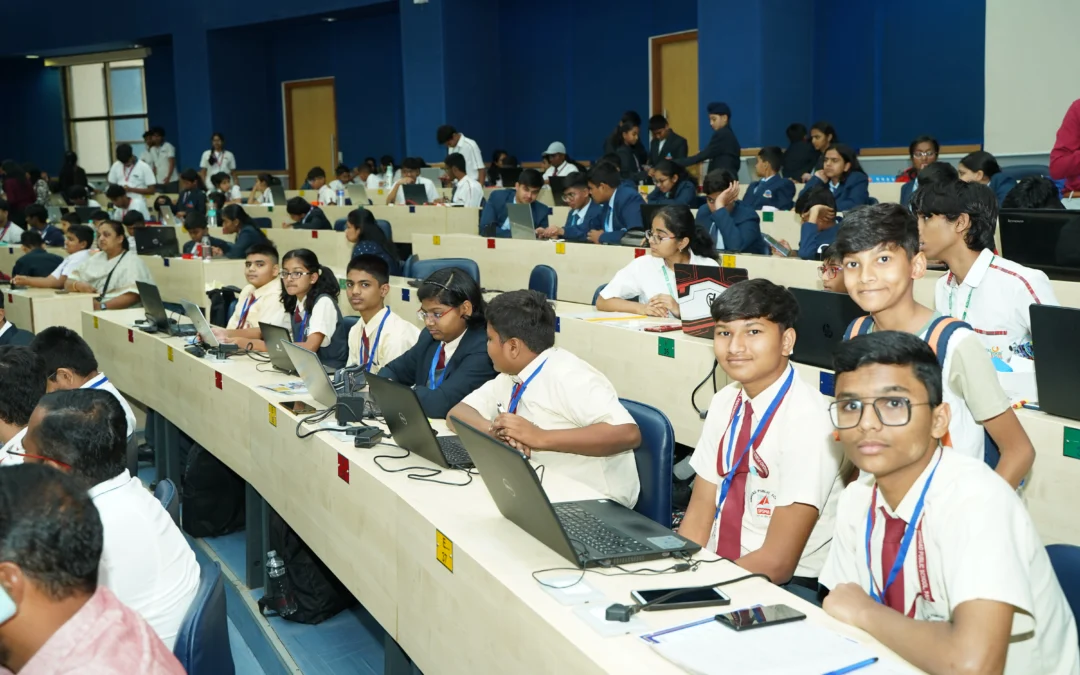
How to Choose the Best Coding Bootcamp in India for Your Career Goals.
The demand for technology professionals in India has surged significantly in recent years. From software engineering to data analytics, employers are actively seeking candidates with hands-on experience and relevant expertise. This has led to the rise of coding bootcamps—intensive, short-term training programs designed to prepare individuals with job-ready skills. Whether you’re planning to begin a career in tech or looking to enhance your existing skills, selecting the right coding bootcamp in India can be transformative.
However, with a wide array of options, finding the right bootcamp that aligns with your career goals can feel overwhelming. This guide aims to simplify the process by covering critical aspects such as curriculum, cost, placement support, and alumni success rates. By the end, you’ll be equipped to make an informed choice and even consider exploring coder course online to strengthen your skills further.
Why Opt for a Coding Bootcamp in India?
Before diving into how to choose the best bootcamp, it’s essential to understand why these programs have become so popular in India:
- Rising Demand for Tech Talent: India’s thriving tech industry offers numerous high-paying opportunities in areas such as web development, artificial intelligence, and data science.
- Accelerated Learning: Unlike traditional degrees, coding bootcamps focus on imparting practical, industry-relevant knowledge within weeks or months.
- Cost-Effectiveness: Many Indian bootcamps are far more affordable than their international counterparts, making them accessible to a larger audience.
- Career Support: Reputable bootcamps often provide career services, including resume-building assistance, mock interviews, and job placement.
Key Factors to Consider When Selecting a Coding Bootcamp
Not all bootcamps are created equal. To ensure you make the right choice, consider the following factors:
1. Define Your Career Objectives
Start by identifying your long-term career aspirations. Are you aiming to become a web developer, data scientist, or AI specialist? Bootcamps often specialize in specific areas, so understanding your goals will help narrow your options.
- For Web Development: Look for courses covering JavaScript, React, and Node.js.
- For Data Science: Choose bootcamps that include Python, machine learning, and data visualization tools.
2. Analyze the Curriculum
The curriculum is the backbone of any coding bootcamp. Look for programs that offer:
- Relevant Content: Ensure the course covers technologies in demand, such as Python, AI, cloud computing, and cybersecurity.
- Practical Projects: Hands-on projects can help you create a portfolio to showcase your skills to employers.
- Capstone Projects: These real-world applications help you solve actual industry challenges.
For instance, many Indian bootcamps now offer specialized tracks focusing on Python and AI, catering to roles like backend development and data science.
3. Check Instructor Expertise
The quality of instructors can make or break your learning experience. Prioritize bootcamps with:
- Trainers who have industry experience.
- Mentors who provide personalized feedback and guidance.
Reading testimonials from alumni can help you evaluate teaching quality.
4. Decide Between Online and Offline Formats
Coding bootcamps in India are available in various formats. Choose one that best fits your schedule:
- Online Programs: Flexible and ideal for working professionals or those unable to relocate.
- Offline Programs: Provide in-person interactions and networking opportunities.
- Hybrid Options: Combine online theory sessions with offline practicals.
If you live in tech hubs like Bangalore or Delhi, you may have access to several offline bootcamps. Otherwise, online options are equally effective.
5. Evaluate Placement Assistance and Outcomes
A strong placement record is one of the biggest advantages of a good bootcamp. Pay attention to:
- Placement Support: Does the bootcamp offer job assistance, including resume preparation and interview coaching?
- Alumni Success Stories: Research how past graduates have fared in the job market.
- Industry Connections: Bootcamps with partnerships with tech companies often have better placement rates.
Top-rated Indian bootcamps often report placement rates exceeding 90%, with alumni landing roles in companies like Infosys, TCS, and prominent startups.
6. Consider Cost and ROI (Return on Investment)
Cost is a major factor for most students. Some bootcamps are premium-priced, while others are budget-friendly. Consider:
- The total fees, including any additional benefits like career services or access to learning resources.
- The ROI, based on average salary increases post-graduation.
Some bootcamps also offer Income Share Agreements (ISAs), allowing students to pay a portion of their salary after securing a job.
7. Read Alumni Reviews
Past student reviews can provide valuable insights into the quality of the bootcamp. Check platforms like LinkedIn or Quora for testimonials. Pay attention to:
- Instructor quality.
- Career outcomes.
- Support provided during and after the program.
8. Assess Duration and Flexibility
Bootcamps vary in length. Choose one that aligns with your schedule:
- Full-Time Programs: Ideal for those seeking an intensive learning experience to switch careers quickly.
- Part-Time Programs: Suitable for working professionals who wish to upskill while continuing their jobs.
Avoid Common Pitfalls When Choosing a Bootcamp
To ensure you invest your time and money wisely, steer clear of these mistakes:
- Falling for marketing gimmicks without verifying placement claims.
- Ignoring curriculum details or program quality.
- Overlooking the importance of career services.
- Choosing a bootcamp that doesn’t align with your career goals.
Tips for Maximizing Your Bootcamp Experience
To make the most of your chosen program:
- Prepare in Advance: Learn the basics of programming before starting the course.
- Engage Fully: Actively participate in discussions and collaborate with peers.
- Build a Portfolio: Use projects from the bootcamp to showcase your skills.
- Network: Connect with instructors, peers, and alumni to grow your professional circle.
- Leverage Career Services: Take advantage of resume-building workshops, mock interviews, and placement support.
Conclusion
Selecting the right coding bootcamp in India is a critical step toward building a successful tech career. By considering factors like curriculum, instructor expertise, placement services, and cost, you can choose a program that suits your goals. A coding bootcamp is an investment in your future, so take the time to research and choose wisely.
With the tech industry in India growing at an unprecedented pace, the right training can help you secure a fulfilling career. Begin your journey today by exploring bootcamp options that align with your aspirations, such as those offering scratch language programming courses, and take the first step toward becoming a skilled tech professional.

